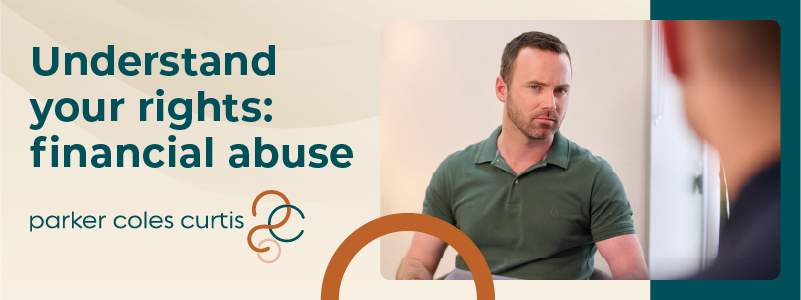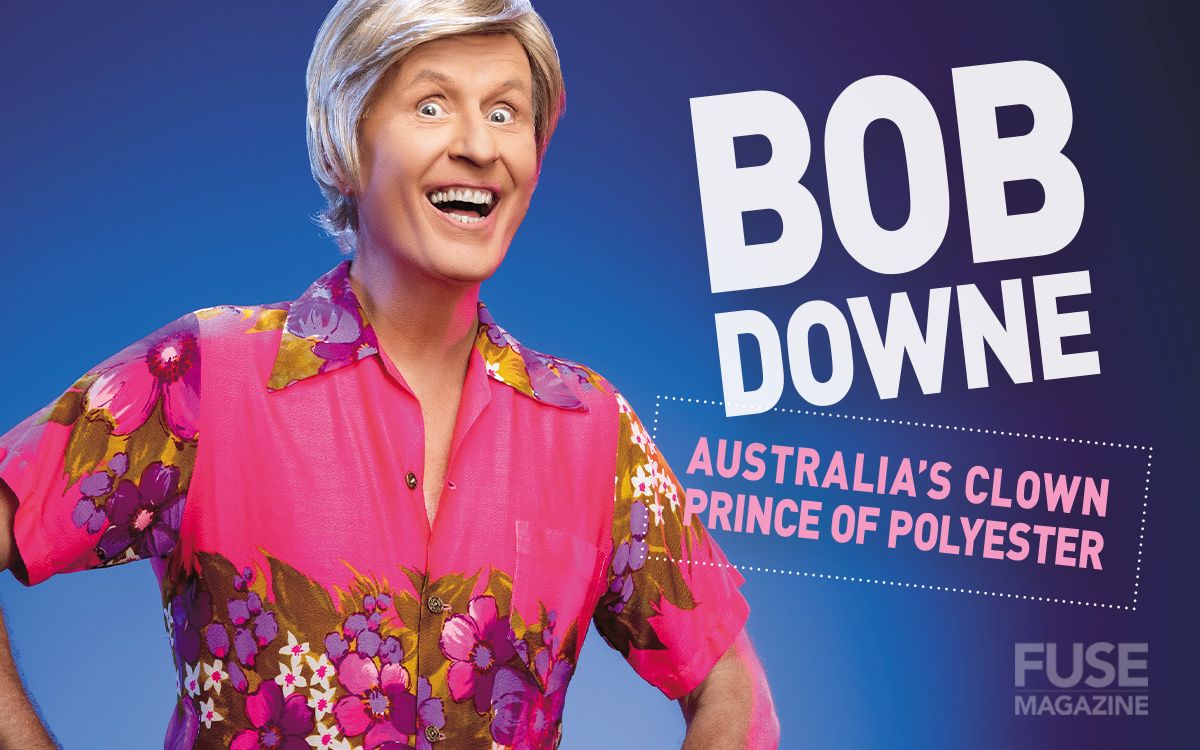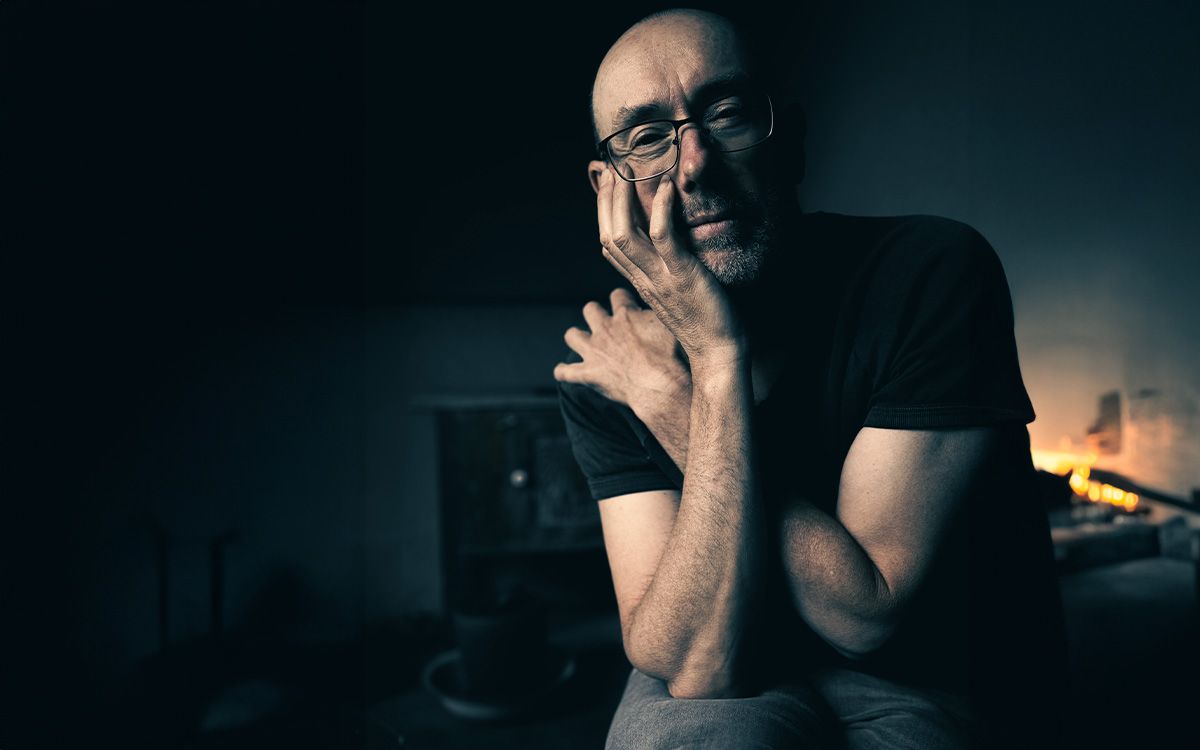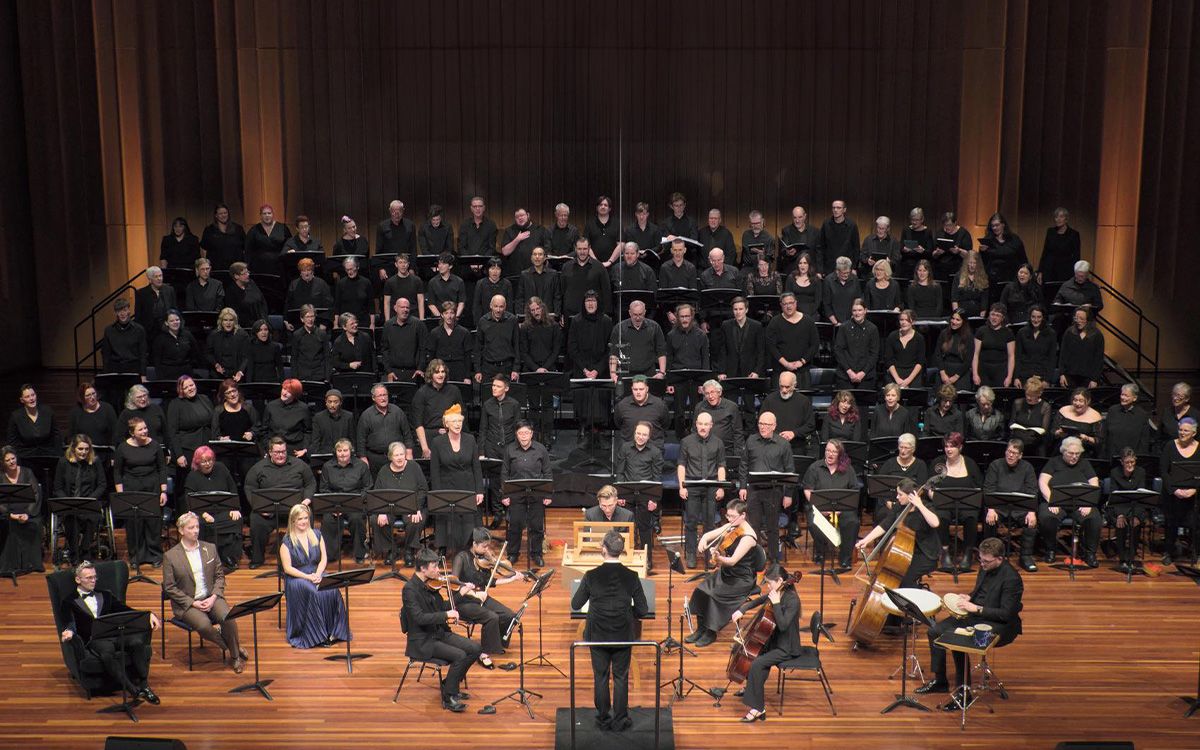The Power of Queer Storytelling
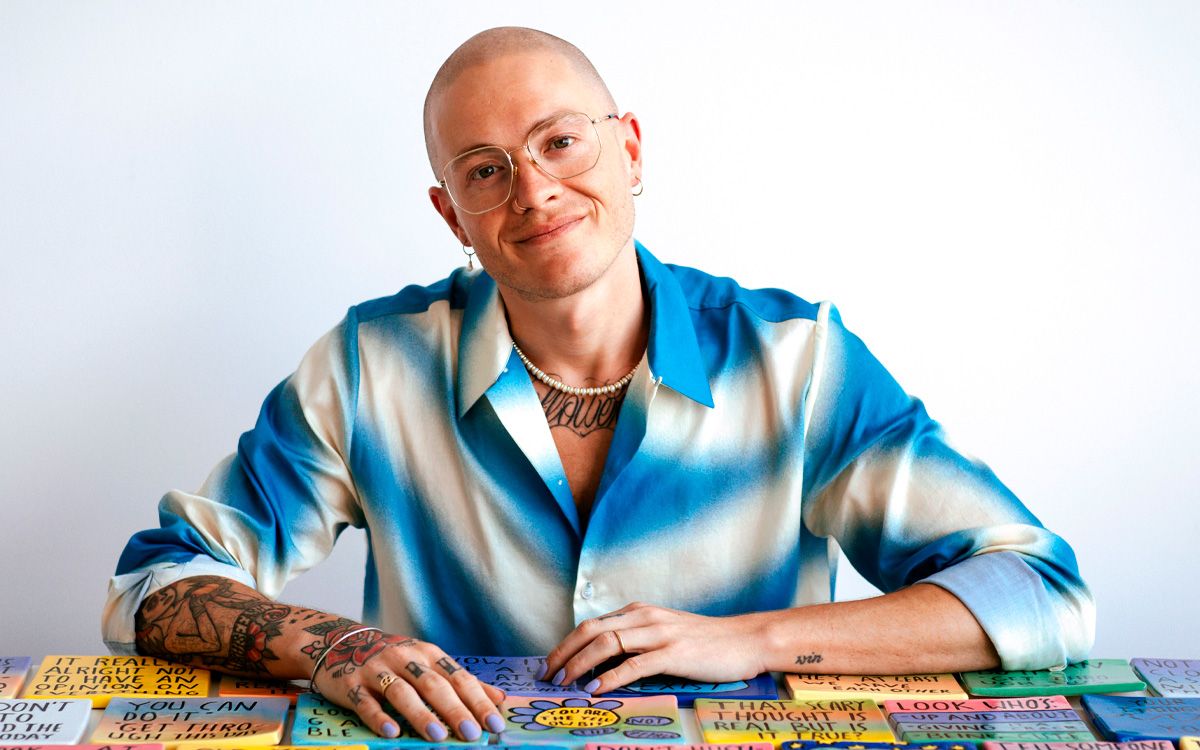
If you have not heard of Samuel before, he is a super-talented queer Australian screenwriter, director and multidisciplinary visual artist based on the Gold Coast, Queensland.
Samuel is currently writing his first live-action feature film about the relationship between food and queer domesticity in the 1960s. In 2023, he wrote, directed and co-produced the animated sketch Sensitive Gym Bros, and the first in an ongoing series of short animations bringing heart and humour to evolving ideas of Australian masculinity.
Samuel is passionate about telling authored stories that are equal parts emotionally intelligent and silly, with a particular love for young adult comedy and complex queer, neurodiverse characters.
You can see some of his creative animated stories that are made with heart and humour at Sad Man Studio
In the lead-up to the free event Men In Love: In Conversation With Barry Charles & Samuel Leighton-Dore at the NFSA, Samuel had a revealing chat with David Blanco at FUSE Magazine, discussing his approach to crafting meaningful queer narratives as well as reflecting on the challenges faced by Australian Queer artists and filmmakers in bringing their stories to life.
David Blanco (FUSE) : Can you walk us through your creative process when it comes to blending visual art and screenwriting to tell compelling queer stories?
Samuel : I’m not sure there’s a particular process, I just a need to write and make things and share stories that reflect my inner-world. Creative expression has always been how I understand, interpret and move through the world, and I’ve never seen that as something that needs to be restricted to a certain medium or industry.
One thing I love about putting on an exhibition is that I’m able to incorporate animation, sound, ceramics and paintings to create a world with different access points for different people; making a cohesive body of work that approaches certain feelings, ideas or experiences in ways that have the potential to both challenge and inform each other. I see my screenwriting as an extension of this – I see my tone of voice as a connective tissue, the heart and humor I try to bring to complex subjects.
How have your personal experiences influenced the way you approach queer storytelling in both your art and film projects?
The line between who I am and the work I make has always been a little blurry, which can be a good and bad thing. It's good because it means there's a level of authenticity and lived experience inherent to everything I write and make – it's generally an extension of myself. But this can also be challenging because it feels like my sense of self is tied up in bodies of work that will eventually be sent out into the world for people to critique, consume or connect with in ways I can't control.
Being bullied as a young person, living with obsessive compulsive disorder (OCD) and autism spectrum disorder (ASD), and spending a lot of time in regional and rural Queensland with my husband and his family are all things that continue to shape my particular Queer experience and storytelling lens.

Image : Custom ceramic portraits by Samuel Leighton-Dore. A work from his solo exhibition ‘Looking Back There Were Signs’ at @tweedregionalgallery
In what ways do you believe authentic queer representation in the visual arts impacts the perception and acceptance of the LGBTQIA+ community?
I think Queer artists have always nudged out the edges of what society sees as 'palatable', and this challenges and broadens the understanding of what it means to be Queer. Whether this is ultimately accepted or judged by a particular audience is out of our hands, but it contributes to a more nuanced perception of who we are as a community, which is freeing.
What are some of the biggest challenges you face as a queer storyteller in the Australian film industry, and how do you overcome them?
I don't think this is necessarily specific to the Australian film industry, but there does seem to be a culture of risk-aversion when it comes to the kind of stories that receive investment and distribution. I do think there's a finance-minded instinct to commission stories that have a proven audience – and proving an audience often means finding comparable films that have achieved box office success. The risk this presents is that Queer screenwriters can subconsciously shoehorn our ideas and stories into molds that don't quite fit, simply because it feels like the only way to have our on-screen stories funded and produced.
How have you seen the portrayal of queer characters and stories evolve in Australian cinema over the years, and where do you see it heading?
I'm really enjoying watching Queer on-screen characters become more complex, which I think is a direct result of more diverse writers and directors being given the opportunity to make films. Goran Stolevski's Of An Age is one recent example of a Queer Australian film I can't imagine having existed when I was growing up.
Another is the Bound episode of SBS anthology series Erotic Stories, written by Alistair Baldwin and directed by Madeleine Gottlieb. I hope our industry continues in this direction; taking bigger swings on more nuanced stories written by voices we haven't necessarily heard from yet.
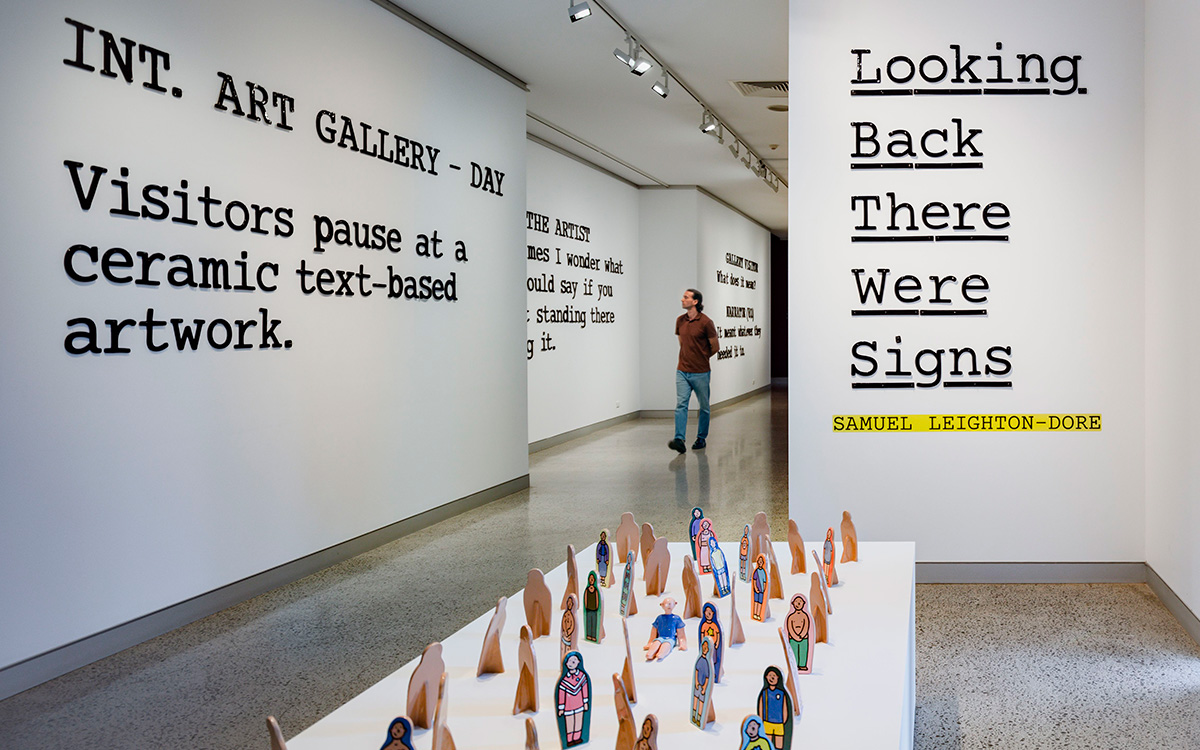
Image : ‘Looking Back There Were Signs (Title and Script)’ (220-piece, glazed ceramics, 2024).
"For me, this work represents self-consciousness and a performance of self; the quiet rehearsal of social interactions ahead of time, along with the detached, out-of-body sensation that comes with watching oneself move through day-to-day life, as if a character in some imagined film. I also wanted to capture the tension between ceramics and onscreen storytelling as mediums, one that’s replicated in different areas of my life."
Considering your international audience, how do you make sure that your queer narratives resonate across different cultures and societies?
It might sound counterintuitive, but I try not to think too much about how a story will resonate with others while I'm writing it. I find myself coming back again and again to something Carl R. Rogers once said – "What is most personal is most universal." If you try to make a story for everyone, there's a risk it will resonate with no one.
However, if you make a film or TV show that speaks honestly and specifically to a certain feeling or experience, there's a good chance people will find little parts of themselves reflected in it, regardless of where in the world they live.
Looking forward, what kind of legacy do you hope to leave with your work, and what message would you like to pass on to aspiring queer artists and filmmakers?
Pursuing a career in film, and the arts more broadly, is the hardest of things. The coming-of-age animated series I've got in development now I first started writing years ago. The process can be tediously slow and challenging and littered with knockbacks, but the joy of collaboration and watching an idea move from your brain to the page, to the screen will always be worth it if you have the nerve to stick it out.
Men In Love: In Conversation With Barry Charles & Samuel Leighton-Dore
The NFSA will be hosting a FREE afternoon panel conversation with Samuel Leighton-Dore at Arc Cinema on Saturday, 18 May 2024. More details from the link below:
National Film and Sound Archives
Saturday 18 May
2:30pm : 60 Mins
1 McCoy Circuit Acton
Australian Capital Territory


